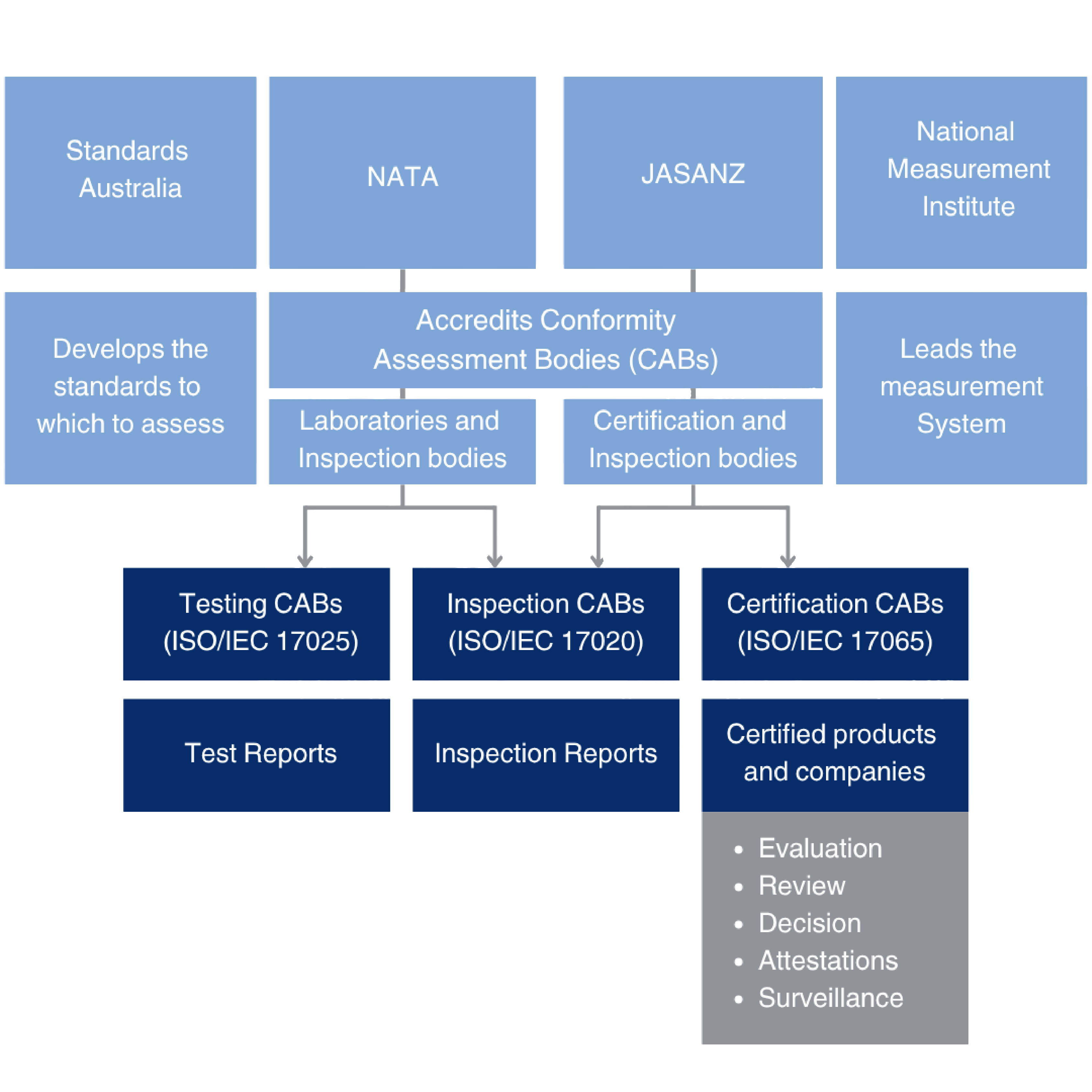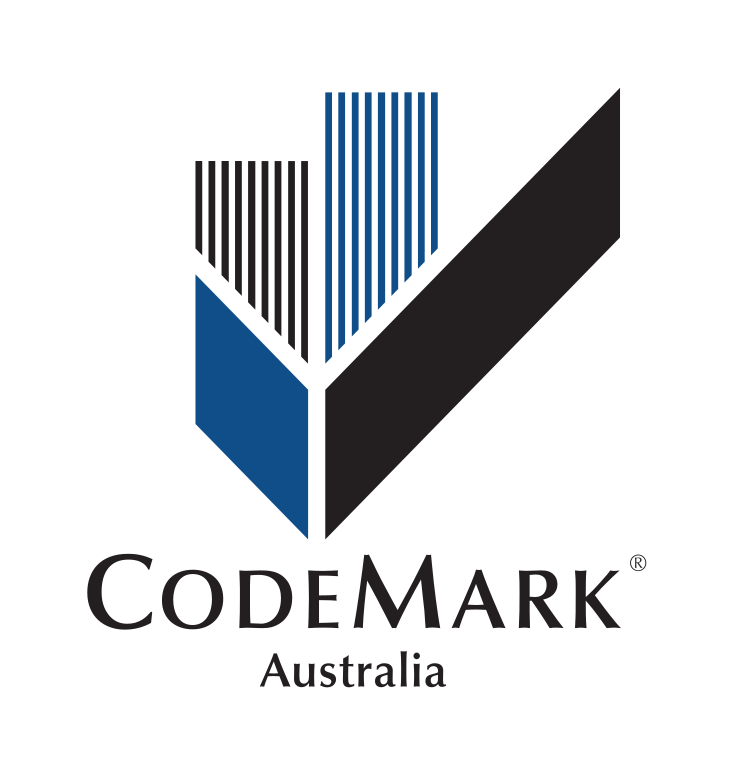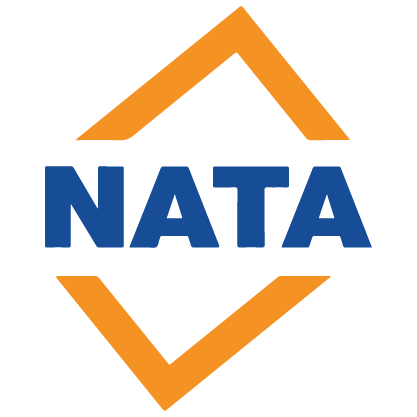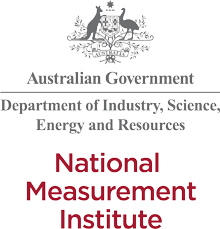Product conformity is a term used to convey that a product meets specified conformance requirements. The conformance requirements for building products are often specified within standards. They are typically voluntary consensus documents setting out technical specifications and procedures to make sure products, services and systems are safe, reliable and consistently perform the way they are intended to perform. Conformity to standards is not necessarily compulsory. Their application is by choice unless they are mandated by government or called up in the building contract (generally in the specification).
Be informed about non-conforming building products (NCBP) and non-compliant products (NCP)
- Non-conforming building products (NCBP) and materials are those that purport to be something they are not, do not meet required standards for their intended use, or are marketed or supplied with the intent to deceive those who use them.
- Non-compliant products (NCP) and materials are those that are used in situations where they do not comply with the requirements of the National Construction Code (NCC), other relevant laws and Australian standards.
Australia's standards and conformance infrastructure
The following four bodies make up Australia’s standards and conformance infrastructure:
- JASANZ: A bi-national government accreditation authority for certification and inspection bodies, and other related bodies.
- NATA: An independent, not-for-profit national accreditor of laboratories and testing facilities, and inspection bodies.
- NMI: National Measurement Institute.
- Standards Australia.

Product conformance in the National Construction Code (NCC)
Products used to comply with the NCC typically affect:
- Structural stability.
- Damp and weatherproofing.
- Fire safety.
- Health and amenity.
- Safe movement, access and egress.
- Energy efficiency.
NCC clause A5G3 evidence of suitability – Volumes One and Two
NCC clause A5G3 lists six acceptable forms of evidence of suitability of materials and construction products to meet a Performance Requirement or a Deemed-to-Satisfy Provision of the NCC, they are:
- A current CodeMark Australia or CodeMark Certificate of Conformity (or WaterMark Licence).
- A current Certificate of Accreditation.
- A current certificate issued by a certification body.
- A report issued by an Accredited Testing Laboratory.
- A certificate or report from a professional engineer or other appropriately qualified person.
- Another form of documentary evidence, such as but not limited to a Product Technical Statement.
NATSPEC approach
NATSPEC addresses product conformity in various locations throughout a typical worksection for the specifier to nominate their requirements:
- PRODUCTS or SELECTIONS: Select proprietary products with documentary evidence of conformity, as required, or describe the products generically by including the material and performance properties. Make reference to relevant Australian or international standards.
- SUBMISSIONS: For critical items, to make sure the product installed complies with the product/performance specified, include requirements for the contractor to submit appropriate evidence of conformity and/or compliance.
- INSPECTIONS: If required, allow for periodic inspections throughout the construction period to make sure no product has been substituted and the correct product has been installed.
Conformity assessment and conformity assessment bodies (CAB)
The fulfilment of specified requirements relating to a product, process, system, person or body is demonstrated by conformity assessment. The four main conformity assessment activities are:
- Testing.
- Inspection.
- Auditing.
- Assessing the product and production process.
Designers/specifiers, consenting authorities and contractors require information for decision making. Different conformity assessment paths provide different levels of confidence for the specified requirements. The level of confidence required is typically related to the level of risk associated with the application of the product.
Conformity assessment activities may be carried out by the following CAB:
- 1st party: The manufacturer or supplier.
- 2nd party: The purchaser and/or user.
- 3rd party: An independent party (highest level of confidence).
Increased confidence in the product conformity assessment can be gained from a CAB that is accredited to perform the conformity assessment. Accreditation is a third-party attestation of the competence of the CAB by an accreditation body.
 |
 |
 |
 |
 |
 |

